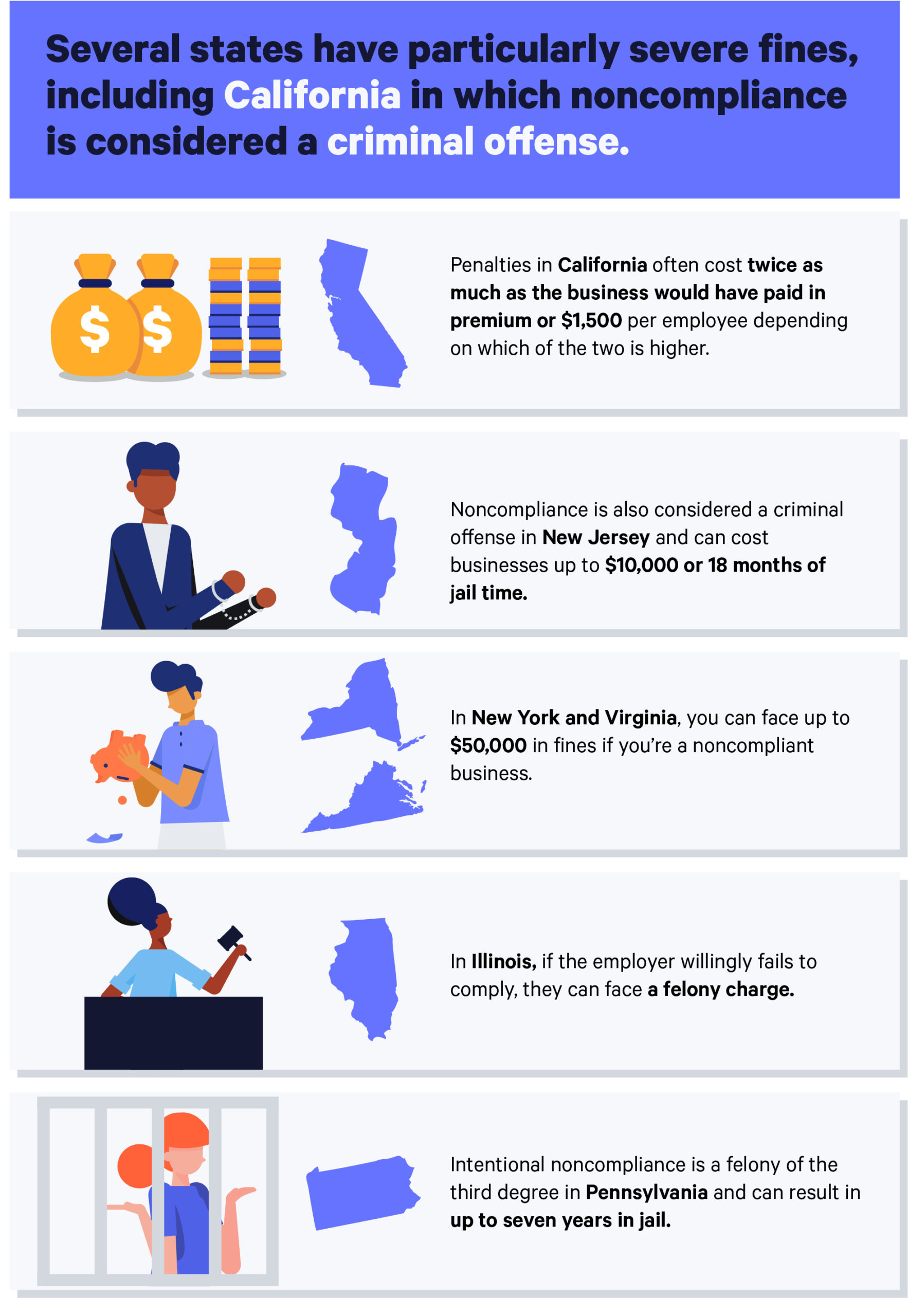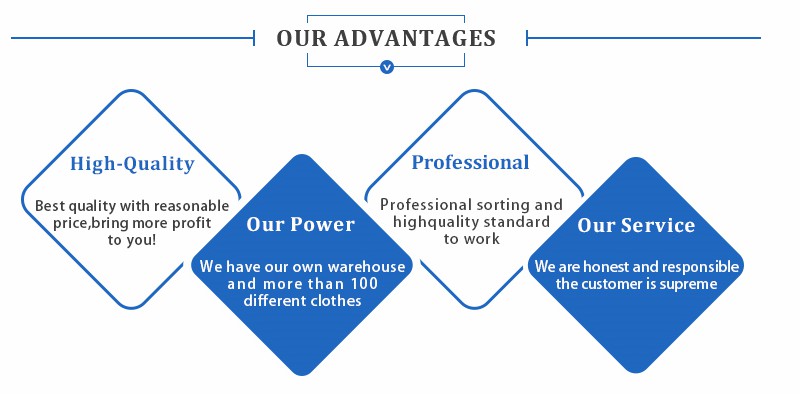Understanding What is a Working Capital Loan: A Comprehensive Guide for Small Businesses
#### What is a Working Capital Loan?A working capital loan is a type of financing specifically designed to cover a company's short-term operational needs. T……
#### What is a Working Capital Loan?
A working capital loan is a type of financing specifically designed to cover a company's short-term operational needs. These loans provide businesses with the necessary funds to manage day-to-day expenses, such as payroll, inventory purchases, and other operational costs. Unlike long-term loans, which are typically used for purchasing assets or funding large projects, working capital loans are meant to ensure that a business can maintain its operations smoothly and efficiently.
#### Importance of Working Capital Loans
For small businesses, maintaining adequate working capital is crucial for survival and growth. A working capital loan can help bridge the gap between the cash flow generated from sales and the cash needed to cover immediate expenses. This type of financing can be particularly beneficial during slow seasons or unexpected downturns in sales when cash flow may be tight.
#### Types of Working Capital Loans
There are several types of working capital loans available, each with its own features and benefits. Some common types include:
1. **Short-term Loans**: These loans are typically repaid within a year and can provide quick access to funds.
2. **Lines of Credit**: A line of credit allows businesses to borrow up to a certain limit and only pay interest on the amount drawn. This flexibility can be advantageous for managing fluctuating cash flow needs.

3. **Invoice Financing**: This option allows businesses to borrow against their outstanding invoices, providing immediate cash flow without waiting for customers to pay.
4. **Merchant Cash Advances**: This type of financing provides a lump sum payment in exchange for a percentage of future sales, making it easier for businesses with fluctuating revenue to manage repayments.
#### How to Qualify for a Working Capital Loan
Qualifying for a working capital loan typically involves several factors, including:
- **Credit Score**: Lenders often assess the creditworthiness of the business owner and the business itself. A higher credit score can improve the chances of approval and may result in better loan terms.
- **Business Financials**: Lenders will review financial statements, including profit and loss statements and cash flow projections, to evaluate the business's financial health.

- **Time in Business**: Many lenders prefer to work with established businesses that have a proven track record of revenue generation.
- **Collateral**: Some working capital loans may require collateral, which can be assets owned by the business or personal guarantees from the owner.
#### Benefits of Working Capital Loans
1. **Improved Cash Flow**: Working capital loans provide immediate access to funds, helping businesses manage cash flow gaps effectively.
2. **Flexibility**: These loans can be used for various operational needs, allowing business owners to allocate funds where they are most needed.
3. **Quick Approval**: Many lenders offer expedited application processes for working capital loans, enabling businesses to access funds quickly.

4. **Credit Building**: Successfully managing a working capital loan can help improve a business's credit profile, making it easier to secure financing in the future.
#### Conclusion
In summary, understanding what is a working capital loan is essential for small business owners looking to navigate the financial landscape effectively. By leveraging working capital loans, businesses can ensure they have the necessary funds to cover operational costs, manage cash flow fluctuations, and ultimately foster growth. Whether through short-term loans, lines of credit, or invoice financing, these financial tools can provide the flexibility and support needed to thrive in a competitive market.